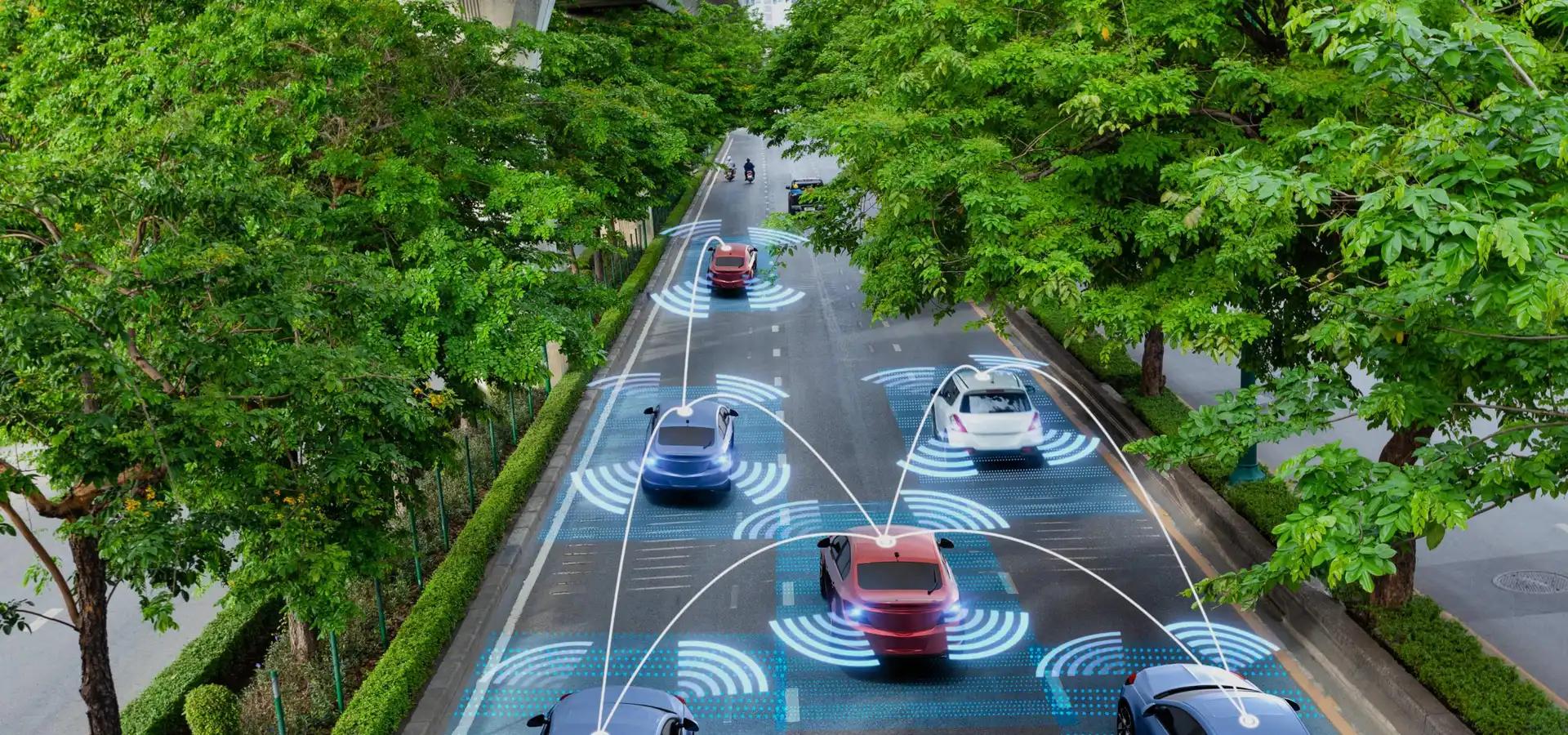
Table of Content
Internet of things (IoT) software development focuses on creating an IoT infrastructure consisting of software systems, sensor-enabled hardware components, and cloud data centers to collect and process information and deliver real-time insights into company operations.
With 25 years of experience in IT consulting and software development, we help both startups and large companies design fault-tolerant and secure IoT architectures according to their specific needs and build robust IoT solutions to automate and streamline business operations.
IoT development services we offer

IoT consulting
IoT app development
Backend engineering for IoT
IoT integration
IoT data analytics
Why us?
25+ years providing IT consulting and software development services
Featured in E R&D Services 2022 report by Zinnov Zones
1600+ successfully completed projects
800+ satisfied customers worldwide
Long-standing Microsoft and AWS partners
Strict compliance with FDA, HIPAA, GDPR, and other standards
Client spotlight
For over two decades, we has consistently delivered successful custom medical software solutions, helping healthcare organizations reach new heights.
IoT development for your industry
We build robust industrial IoT systems, enabling factories to gain absolute control over each production phase, manage on-floor equipment, and improve safety and work conditions for staff.
- Industrial robots
- Connected production lines
- Worker wearables
- Digital twins
- Environment sensors

Add IoT connectivity to your business
Why us?
The success of a company’s IoT initiative largely depends on a properly designed IoT architecture. We carefully study your business and technical needs and requirements to develop a bespoke scalable architecture for your IoT project. Here is a sample IoT architecture representing the main modules and elements of the IoT ecosystem.
Scheme title: Generalized 5 Layer Model of an End-to-End IoT Solution - with a focus on software components Data source: IoT Analytics — Guide to IoT Solution Development
1 Smart Device: Enables edge analytics, time-sensitive decisions & local compute. Maximizes security, manageability, interoperability, solutions reliability and reduces bandwidth costs. In many cases, cloud enabled smart devices are equipped with a natural user interface. Note: MPU = Microprocessor.
2 Edge Gateway: May also be classed as a Smart Device.
3 Simple Device: Generates data, performs instant actions & transmits data. Typically has constrained resources, low hardware costs, basic connectivity, basic security/identity, and no/light manageability. Note: MCU = Microcontroller.
IoT development roadmap
We perform the full scope of services necessary for successful IoT software adoption, ensuring the solution’s scalability and secure data management, be it on-premises or cloud-based.
1
Discovery phase
First, we dive into your industry specifics and business objectives to elicit the requirements for future IoT software. We then draw up a suitable IoT solution architecture and an elaborate IoT implementation strategy based on your unique needs.
2
Planning
Next, we carefully plan the whole IoT development journey. We choose the optimal tech stack and a suitable IoT platform, outline development team composition and schedule realistic timelines for each development stage to avoid project scope creep.
3
Prototype design
Our IoT experts create a prototype or an MVP of the IoT solution to gather early feedback, which can be used to validate the product’s concept, design, and functionality at early project stages.
4
Development
We create the source code for the IoT solution according to the system requirements and chosen architecture. Here, we focus on developing an IoT platform, data storage, processing, analytics mechanisms, and user interface.
5
Integration & testing
At this stage, we integrate the developed IoT solution with the company’s existing infrastructure and third-party systems and test the solution for compliance with functional, performance, and security requirements.
6
Launch
After validating the solution, we deploy the system in the selected environment and ensure it works as intended.
7
Support
We provide continuous maintenance and support of the developed IoT solution, keeping it operational and up-to-date.
Tech stack for IoT development
IoT prototyping
IoT platforms
Backend programming languages
Mobile app development
Communication protocols
Add IoT connectivity to your business
Key considerations for IoT application development
Here’s a list of aspects to emphasize during the IoT development project to ensure its successful adoption.
Interoperability
Scalability
Data velocity
Feasible timeline
Organizational & cultural change
Benefit from IoT implementation
Being one of the most impactful technological advancements in recent years, IoT delivers multiple benefits to businesses of all sizes and from all industries.
Operational efficiency
Businesses can leverage data gathered by IoT devices to analyze the efficiency of ongoing business processes and take targeted actions to improve it.
Cost savings
IoT provides real-time insights into energy consumption, resource utilization, and operational inefficiency, enabling businesses to proactively address overspending and save money.
Automation & control
IoT software solutions automate data gathering tasks and provide better control over various processes, from simple lights and temperature control to equipment maintenance and warehouse inventory management.
Improved safety & security
Security IoT solutions with real-time monitoring and alerting capabilities can guarantee better safety of manufacturing equipment, enterprise assets, warehouses, and households.
Digital innovation
IoT systems innovate supply chain operations, manufacturing processes, customer experience, and other processes, bringing the company to the next level.
Benefits
FAQs

How long does it take to develop an IoT solution?
What is the average cost for IoT software development?
How to choose a skilled IoT development partner?
Contact us
Drop us a line about your project at info@adsoft.co.id or via the contact form below, and we will contact you within a business day. All submitted information will be kept confidential.
How can we improve your experience?
Explore
Customer Service
Our information
Subscribe Now
Subscribe your email for newsletter and featured news based on your interest
